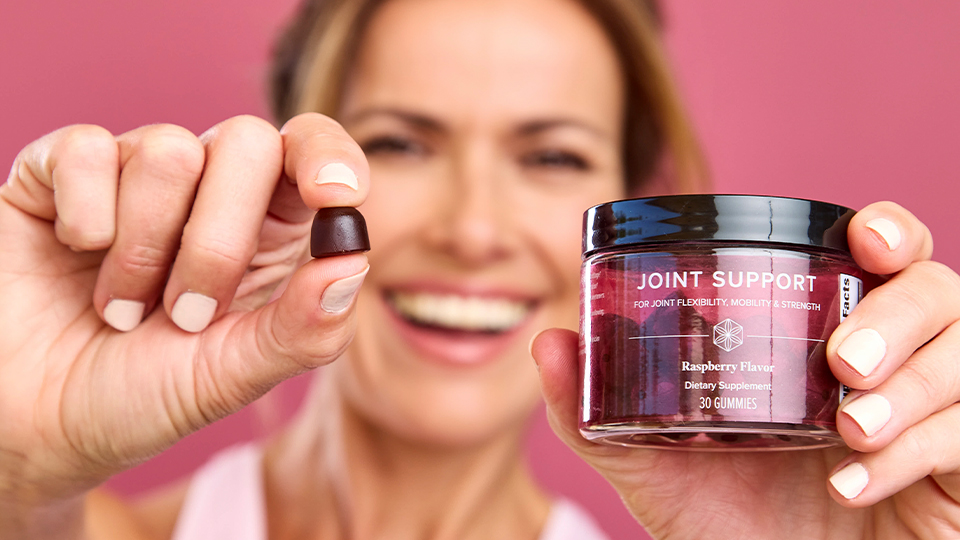Protect your muscle cells during exercise.
New research suggests that omega-3 supplementation is safe, bio-available and can improve athletic performance and well-being.
By now it’s no mystery that the two most important omega-3 fatty acids found in IsaOmega Supreme softgels—eicosapentaenoic acid (EPA) and docosahexaenoic acid (DHA)—have positive effects on mood, behavior, physical performance, lipid profiles, and stress (1). But what research has explored exercise?
Those who weight train or exercise intensely are familiar with muscle soreness. Soreness occurs in the average weekend warrior all the way to the elite level athlete. Muscle soreness, sometimes called delayed onset muscle soreness (DOMS), is most often caused by a new or unaccustomed exercise. The main offender of DOMS seems to be eccentric muscle action where a muscle creates tension to control the lengthening motion. For example, think of lowering a weight during, downhill running or walking down a flight of stairs.
Omega-3 fatty acids may help limit DOMS. Increased circulating levels of omega-3s correlate to increased omega-3 concentration inside muscle tissue that increases flexibility and strength of the cell (1). This translates into a reduced risk of muscle cell injury during exercise.
A recent clinical study published by Peter Lembke and colleagues in the Journal of Sports Science & Medicine investigated the associations between the tissue levels of omega-3, called the Omega-3 Index, on clinical and quality of life outcomes in healthy young adults after heavy eccentric exercise (1). The Omega-3 Index represents the amount of EPA and DHA in the cell membrane (2). The treatment group received over two grams of omega-3 oil (an amount very close to a serving of IsaOmega Supreme) high in EPA and DHA per day while the control group received a placebo. After 30 days, subjects performed an eccentric exercise routine and were then measured over the next 96 hours for markers of muscle soreness and mood.
Differences as demonstrated by a reduction in pain following eccentric exercise were experienced at both 72- and 96-hour time points in subjects with a higher Omega-3 Index. There was also a significant decrease in lactic acid levels and reduced stress in subjects with a higher Omega-3 Index level. Furthermore, there was a statistically significant difference in CRP levels (a marker of cardiovascular risk) in subjects with a higher Omega 3 Index level at 24 hours.
Subjects who supplemented with omega-3 oil reported less discomfort due to muscle soreness following heavy exercise at 72 and 96 hours post-exercise. The authors suggested the reduced discomfort in the higher Omega-3 Index group may be due to an increased concentration of omega-3 fatty acids in the muscle cell walls, by making them more elastic and flexible which lowers the risk of physical damage to muscle tissue during exercise.
Why supplement with fish oil softgels like IsaOmega Supreme instead of other sources of omega-3s? For more information, see “7 Myths About Omega-3s.”
References
- Lembke P, Capodice J, Hebert K, Swenson T. Influence of omega-3 (n3) index on performance and wellbeing in young adults after heavy eccentric exercise. Journal of sports science & medicine 2014;13:151.
- Von Schacky C. Omega-3 Index and cardiovascular disease prevention: principle and rationale. Lipid Technology 2010;22:151-4.





